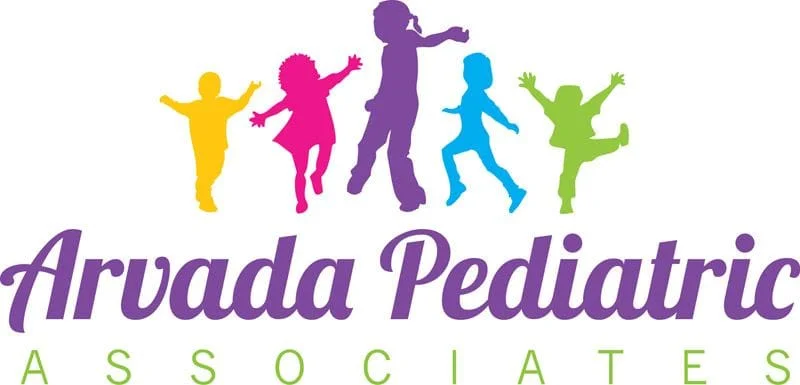3/10/2020
To Our Patients and Their Families,
We know that many of us are worried about the current situation with Coronavirus Disease, or COVID-19, and its impact on our community.
We want to assure you that we are taking steps to ensure your safety and the safety of our staff by updating our screening and disinfection practices according to guidelines from the Centers for Disease Control and the Colorado Department of Public Health and Environment. It is a rapidly changing process and we are determined to keep our community safe. A dedicated committee of physicians and office staff are meeting regularly to keep us updated and informed.
At present, our policies include screening patients ahead of time for risk for COVID-19, frequent sanitizing in the office patient areas, helping people decide if their symptoms can be managed by telephone, and monitoring the local community prevalence of disease. We are also in close communication with public health for management of patients with possible COVID-19.
Please call us if you have concerns or questions about this or the health of your child. That is why we are here.
WHAT YOU CAN DO: (Courtesy of the Colorado Public Health Department)
Stay informed
CO HELP: COVID-19 hotline
- For answers in many languages including English, Spanish (Español), Mandarin (普通话), and more:
o Call 303-389-1687 or 1-877-462-2911
- Email [email protected] (answers in English only).
- If you have symptoms and think you have been exposed, call a health care provider.
Sources for public health information
- State public health web page: colorado.gov/cdphe/2019-novel-coronavirus
- Facebook ( facebook.com/CDPHE) and
- Twitter ( @CDPHE )
- CDC web page cdc.gov/coronavirus/2019-ncov
Take everyday actions to protect yourself and those you love
- There are effective ways to reduce the risk to yourself and the people you care about.
- Frequently and thoroughly wash your hands with soap and water for at least 20 seconds. If soap and water are not available, use hand sanitizer with at least 60% alcohol.
- Cover coughs and sneezes with a tissue, then throw the tissue in the trash, or use your inner elbow or sleeve.
- Avoid touching your eyes, nose, and mouth with unwashed hands.
- Wear a mask or face covering. Many studies show the effectiveness of face coverings to help reduce the spread of COVID-19.
- Stay home if you’re sick, and keep your children home if they are sick.
- Clean surfaces in your home, and personal items such as cell phones, using regular household products.
-
Be calm and prepared.
- FEMA: Guidance for COVID-19 preparedness
- CDC: Getting your household ready for COVID-19
How COVID-19 spreads
The disease most likely spreads the same way as similar respiratory illnesses.
- Person-to-person contact:
o To become sick, you have to be exposed to the virus. CDC defines exposure as being within 6 feet (2 meters) of someone with a confirmed infection for 15 minutes or longer.
- Exposure can occur through respiratory droplets -- when an infected person coughs or sneezes, similar to how flu and other respiratory viruses spread.
-
Infected surfaces or objects:
- It may be possible to get COVID-19 by touching a surface or object that has the virus on it and then touching your mouth, nose, or possibly your eyes.
- For these reasons, people at increased risk of infection are:
- People who have been to areas where widespread community transmission is occurring.
- People who had direct close contact with someone who has COVID-19.
Symptoms and severity
- Symptoms of COVID-19 include fever, cough, and shortness of breath.
- Illness can be severe and require hospitalization, but most individuals recover by resting, drinking plenty of liquids, and taking pain and fever-reducing medications.
If you are sick
It is important to call ahead before going to see a doctor or emergency room to prevent the spread of illness. Tell them your symptoms and that you suspect you were exposed to someone with COVID-19 or had recent travel to a place that is experiencing community spread.

